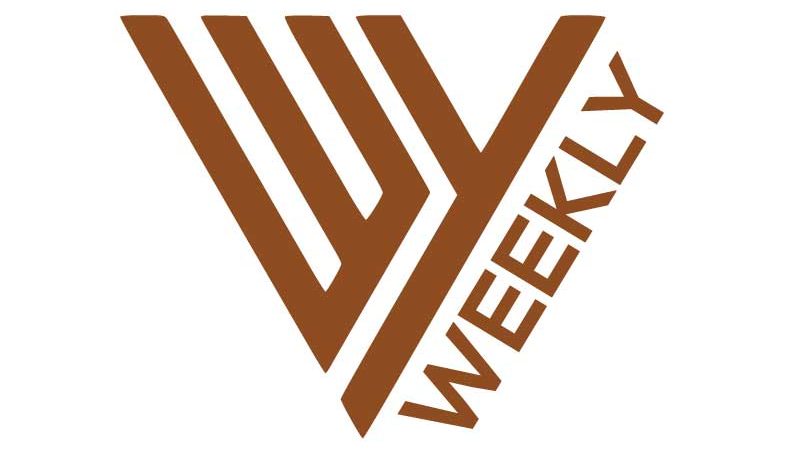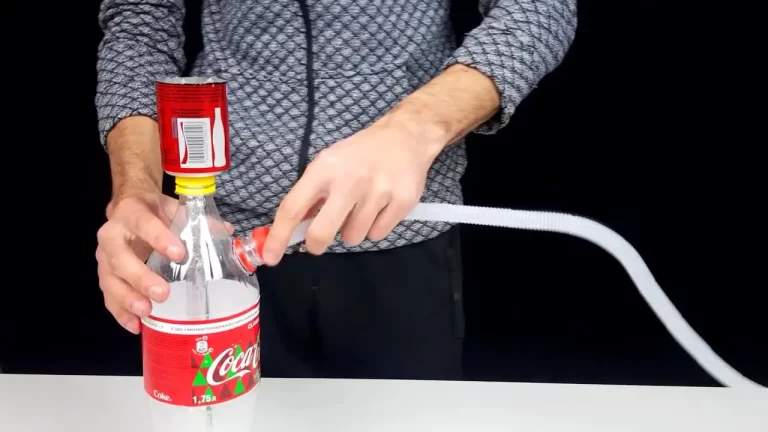The Camp Lejeune Tragedy and the Legal Battle: How Close Are We to Justice?
Built at the outset of World War II, Camp Lejeune has proven invaluable in the training and deployment of marines for operations such as peacekeeping in Lebanon. It was the largest Marine training base on the East Coast during World War II.
However, many veterans associate the base with bereavement and negligence on the part of the government of the U.S. Between 1953 and 1987, toxic chemicals contaminated the water supply of Camp Lejeune. Veterans and their family members drank and bathed in the polluted water for decades. Due to the exposure to the contaminated water, they developed serious health issues.
Fortunately, victims of Camp Lejeune’s contaminated water can recover compensation by filing a lawsuit. In this article, we’ll navigate the Camp Lejeune tragedy and discuss how close lawsuits are to settlement.
Camp Lejeune Overview and Water Contamination History
The Marine Corps Base Camp Lejeune, situated in North Carolina, is a 246-square-mile U.S. training facility in Jacksonville. Established in 1942, this military base’s 14 miles, i.e., 23 kilometers, of beaches make it an ideal location for amphibious assault training.
However, Camp Lejeune has been in the news in recent years for all the wrong reasons. Decades ago, two of the eight water supply systems of the military base were polluted with toxic chemicals, including volatile organic compounds (VOCs).
Hadnot Point and Tarawa Terrace were the two treatment plants where pollutants were discovered. Over 70 chemicals were present at shocking levels in Camp Lejeune’s water supply. These included degreasers and dry-cleaning solvents.
Of these chemicals, the primary contaminant was tetrachloroethylene (PCE), which was found in the wells serving the Tarawa Terrace system. Improper disposal practices and spills from an off-base dry cleaner, ABC One-Hour Cleaners, resulted in the contamination of the Tarawa Terrace treatment plant.
The pollution of the Hadnot Point system was much more complex than that of Tarawa Terrace because it involved multiple contaminants from several sources. Trichloroethylene, or TCE, was the primary contaminant in the wells of the Hadnot Point treatment plant. Leaks from underground storage tanks and on-base spills at industrial sites resulted in TCE contamination.
Benzene and vinyl chloride are two other chemicals that were present in the water wells of the two treatment plants.
Contamination of the well is believed to have occurred as early as 1953, when dry-cleaning operations began. Yet, it was discovered in the early 1980s. Over one million people, including veterans and their family members, were exposed to the contaminated water at Camp Lejeune.
Health Conditions Linked With the Base’s Contaminated Water
Toxic chemicals found in the base’s water supply are linked with a host of health issues. Marines and their family members who resided at Camp Lejeune between the 1950s and 1980s were at high risk of developing cancers.
A recent publication in the Journal of Medical Case Reports reveals that three patients exposed to contaminated water at the military base were diagnosed with different types of cancers years later.
A young Caucasian man was diagnosed with T-cell acute lymphoblastic leukemia. Another Caucasian man developed chronic lymphocytic leukemia as well as multiple types of cancers in the colon, lungs, and prostate. The third patient had recurrent skin cancers of different histology, namely melanoma and squamous cell carcinomas.
The risk of Parkinson’s disease among service members at Camp Lejeune is also high. A 2023 study published in JAMA Network discloses this.
High rates of birth defects were observed among children whose mothers were exposed to the contaminated water of Camp Lejeune during pregnancy. Oral clefts were also common among those babies.
Bladder, breast, and cervical cancers, adult leukemia, non-Hodgkin’s lymphoma, multiple myeloma, and renal toxicity are other health conditions linked to Camp Lejeune water contamination.
Legislation Sparked by Camp Lejeune Water Contamination
Thousands of veterans and their families contracted deadly diseases due to exposure to the contaminated water. Sadly, victims had no way to hold the military accountable or seek compensation so that they could pay for their medical treatment.
But, years later, legislative action was taken to provide support to those affected by the toxic water. Here, we’ll discuss two important legislation sparked by Camp Lejeune water contamination:
1. The Janey Ensminger Act of 2012
The Janey Ensminger Act was signed into law in 2012 by President Barack Obama. It was named after Janey Ensminger, a nine-year-old girl who died after developing leukemia due to exposure to contaminated water at Camp Lejeune.
This law allowed affected individuals to secure service-related healthcare and disability benefits through the VA (Department of Veterans Affairs). Even the family members who lived at the base and developed health conditions due to exposure to the contaminated water could obtain healthcare. Sadly, the VA rejected the majority of claims.
2. The Camp Lejeune Justice Act
In 2022, the Camp Lejeune Justice Act was signed into law by President Biden. TorHoerman Law remarks that this was a massive step forward because it allowed affected service members, workers, and their families to recover damages for their ailments.
As per the Camp Lejeune Justice Act of 2022, individuals who resided at the base between August 1, 1953, and December 31, 1987, and suffered harm from exposure to the polluted water can pursue legal action.
Camp Lejeune victims can file a claim with the U.S. District Court for the Eastern District of Northern Carolina to seek compensation. However, as per the Camp Lejeune Justice Act, only individuals who have resided at the camp for at least 30 days will be eligible for a lawsuit.
Camp Lejeune Water Contamination Lawsuits: Have They Reached a Settlement?
Numerous lawsuits have been filed by the victims of Camp Lejeune and their family members since the Camp Lejeune Justice Act was passed. But, sadly, the majority of them haven’t received compensation yet.
In its recently published article, Reuters reveals that the government has made settlement offers to 23 Camp Lejeune water contamination lawsuit plaintiffs. Only three people have accepted the settlement. The U.S. government has to pay $850,000. Two of the three people have been paid.
However, more than 1,300 lawsuits are pending in federal court in North Carolina, further discloses the article. Over 117,000 administrative claims are also outstanding with the U.S. Navy.
As progress stalls, Camp Lejeune water contamination lawsuits are increasingly turning into wrongful death claims. CNN’s recent article reveals this. Several plaintiffs have died in recent months from diseases associated with the contaminated water, reports CNN.
To wrap things up, the contaminated water of Camp Lejeune has exposed veterans and their family members to many illnesses.
Earlier, seeking justice was out of the question. However, the passing of the Camp Lejeune Justice Act of 2022 has made it possible for affected individuals to seek justice. While filing a lawsuit can help you recover damages, the lawsuits are progressing at a sluggish pace. Large volumes of lawsuits could be the reason behind the lawsuits proceeding at a crawl.
Nonetheless, the U.S. Navy is charting a plan to expedite Camp Lejeune payouts. Rest assured that you will receive your claims sooner or later.

Greetings! I’m thrilled to introduce myself as a dedicated blogger with a fervent passion for crafting meticulously researched and insightful blogs. My mission is to provide you, the readers, with a treasure trove of valuable information. Join me in this exciting adventure of discovery – Thanks







